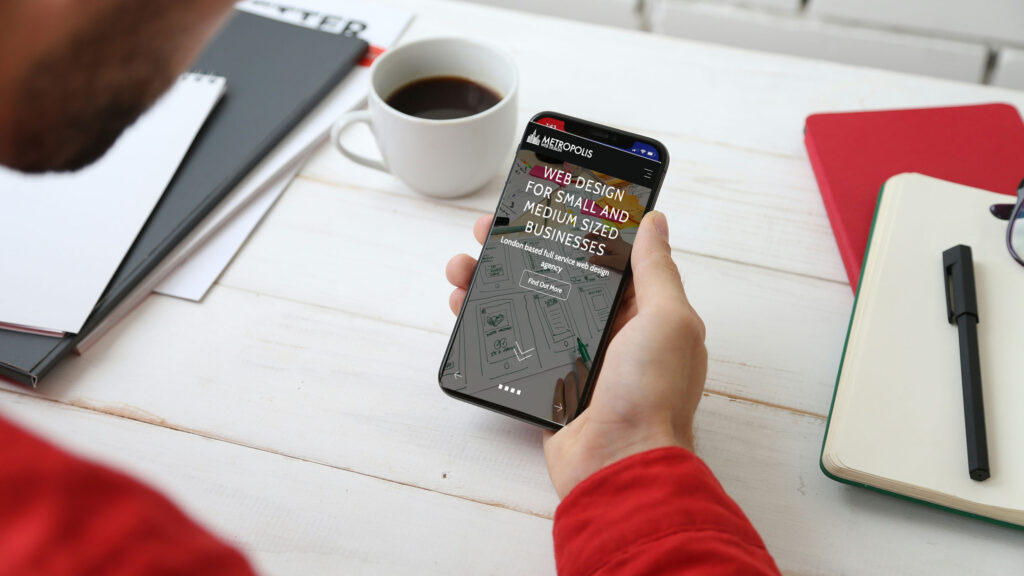The Impact of Mobile-First Design on User Experience

In today’s digital age, mobile devices have become the primary gateway to the internet for millions of users worldwide. As smartphone adoption continues to soar and mobile browsing becomes increasingly ubiquitous, the importance of optimizing websites for mobile devices cannot be overstated. Enter mobile-first design – a revolutionary approach to web design that prioritises the mobile experience above all else. But what exactly is mobile-first design, and how does it impact user experience?
At its core, mobile-first design is a design philosophy that advocates for starting the design process with mobile devices in mind, rather than treating mobile as an afterthought or a secondary consideration. This means designing websites with the constraints and capabilities of mobile devices as the primary focus, and then progressively enhancing the design for larger screens and more powerful devices. By prioritizing mobile users, mobile-first design ensures that websites are optimised for the devices that most people use to access the internet.
The impact of mobile-first design on user experience is profound and far-reaching. One of the most significant benefits of mobile-first design is improved usability and accessibility. By designing for the constraints of mobile devices – such as smaller screens, touch interfaces, and limited bandwidth – designers are forced to prioritise content and streamline navigation, resulting in cleaner, more intuitive interfaces that are easier to navigate and use on any device.
Moreover, mobile-first design fosters a more inclusive and user-centric approach to web design. By starting with the smallest screen size and working up, designers are forced to prioritise the most important content and features, ensuring that all users – regardless of their device or screen size – have access to essential information and functionality. This not only enhances the user experience for mobile users but also benefits desktop and tablet users by creating more focused and efficient interfaces.
In addition to improving usability and accessibility, mobile-first design also has tangible benefits for search engine optimisation (SEO) and performance. With Google’s mobile-first indexing now the norm, websites that are optimised for mobile devices are more likely to rank higher in search engine results pages (SERPs) and attract more organic traffic. Furthermore, mobile-first design often results in lighter, faster-loading websites that provide a smoother and more enjoyable browsing experience for users on all devices.
As we look to the future of web design, the impact of mobile-first design on user experience will only continue to grow. As mobile devices become increasingly integral to our daily lives, designing websites with mobile users in mind is no longer optional – it’s essential. By embracing mobile-first design principles, web designers can create more user-friendly, accessible, and performant websites that meet the needs and expectations of today’s mobile-centric users.
Contact Metropolis Web Design today for a no obligation chat about your mobile-first website.
